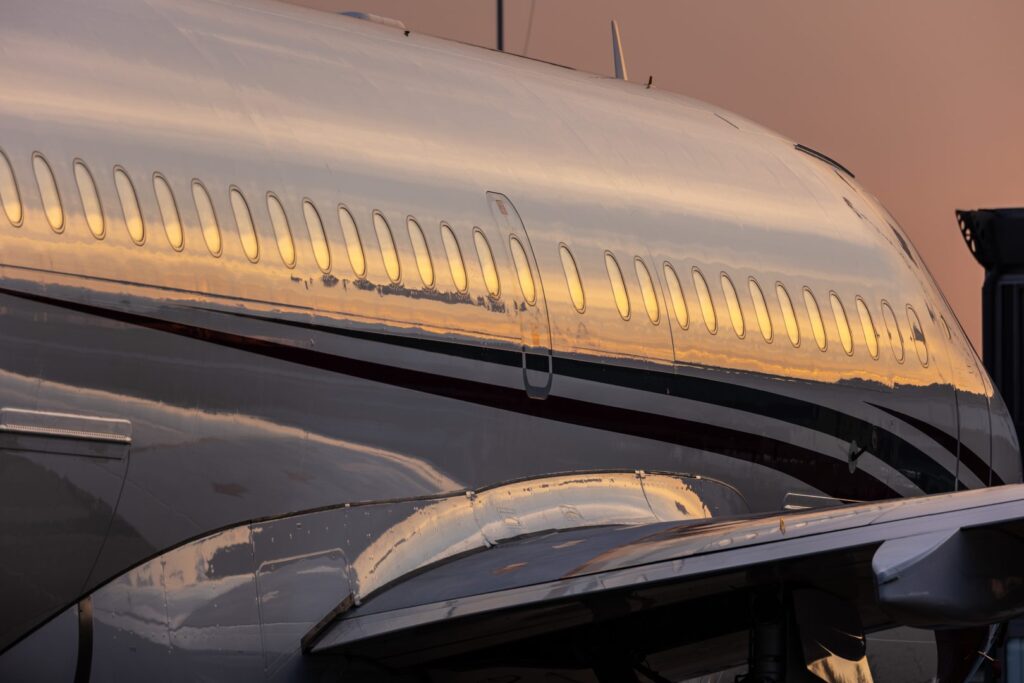By Ameya Joshi

The biennial Paris Air Show will be held from June 16 to 22, 2025, at Paris-Le Bourget Airport, on the outskirts of Paris. The Paris Air Show holds immense strategic importance for Indian carriers as it serves as a global stage to announce major aircraft acquisitions, showcase future growth ambitions, and engage with leading aerospace manufacturers. For Indian airlines, the show is more than a display of aircraft—it’s a platform to attract global attention, forge partnerships, and reinforce their transformation narratives. Historically, Indian carriers have used the event to place landmark orders: IndiGo’s record-breaking order of 500 Airbus A320neo family aircraft in 2023 remains the largest single purchase in aviation history. Air India also used the momentum of international shows to formalize parts of its massive 470-aircraft deal announced earlier. The first order from IndiGo for 100 aircraft in 2005 was also signed at Paris.
Prime Minister Narendra Modi has highlighted the nation’s ambitious plans for the aviation sector, noting that Indian airlines have already placed orders for over 2,000 new aircraft. This surge in orders reflects India’s position as the world’s fastest-growing domestic aviation market and its aspirations to become a global aviation hub. The 81st AGM of IATA was held in Delhi, India, returning to India after over four decades.
Anything by major carriers?
IndiGo, India’s largest airline by market share, has made headlines by confirming an additional order of 30 Airbus A350 wide-body aircraft, doubling its previous commitment and bringing its total A350 order to 60. This move signals IndiGo’s intentions to expand its long-haul international operations, with deliveries expected to commence in 2027. This is currently an MoU (Memorandum of Understanding) which was signed at IATA’s 81st AGM, which was held in India after over four decades. Additionally, there have been talks of IndiGo signing up for additional ATR 72-600 turboprop aircraft. However, even as IndiGo took delivery of its 50th aircraft, it returned two to the lessor and thus never had an active fleet of 50 planes. With no more planes on order, will there be a follow-on order, or won’t there be one has been a question that has always eluded. Will Paris have an answer to that?
Air India has been in talks for additional orders. The airline placed a mega order for 470 aircraft comprising both Airbus and Boeing. The airline subsequently added to its orders for Airbus. However, the airline is hungry for more planes and will that order be signed at Paris, two years after the original order.

Air India would need more widebody planes as the current ones would be up for fleet renewal over the next decade. The airline is short of planes and has not been able to expand as much as it would have wanted to. The refurbishment is pending as well, largely blamed on supply chain constraints. The airline is reportedly in discussions for more jets from both Airbus and Boeing. It currently has 50 orders for A350s, only six of which are with the airline right now, all of which were ready and meant for Aeroflot would not be delivered due to sanctions.
Regionals?
Star Air, a regional airline based in Bengaluru, has outlined an ambitious fleet expansion plan to bolster connectivity across India’s underserved regions. The airline aims to grow its fleet from the current 10 aircraft to 25 by the end of fiscal year 2027. This expansion will primarily involve the addition of Embraer E175 jets, enhancing the airline’s capacity to serve Tier 2 and Tier 3 cities under the UDAN (Ude Desh ka Aam Nagrik) scheme. Star Air’s strategy focuses on sustainable growth, with plans to induct four more E175 aircraft by March 2026, facilitating the launch of 15 new routes and expanding operations to over 50 destinations. Star Air is the oldest private regional airline in the country. The airline could look at announcements around fleet expansion.

Fly91, the Goa headquartered and Goa, Mopa-based airline, has a long-term plan charted out. The airline currently has three planes in its fleet. FLY91, a regional airline based in Goa, has outlined an ambitious long-term fleet expansion plan centered around the ATR 72-600 turboprop aircraft. The airline aims to induct 6 to 7 aircraft annually, targeting a fleet size of 30 to 35 aircraft within five years. This growth strategy is designed to enhance connectivity to India’s underserved tier-2 and tier-3 cities, with plans to establish multiple operational bases across the country, including upcoming airports like Noida and Navi Mumbai. The airline could potentially look for options to expand.
Conclusion
The Paris Air Show has always underscored the dynamic growth and ambitions of Indian airlines. With substantial aircraft orders and strategic plans, carriers like IndiGo, Air India, and Akasa Air are poised to reshape the aviation landscape, both domestically and internationally. As these developments unfold, India’s role in global aviation is set to become increasingly prominent. Aviation is beyond planes, and one should not be surprised to see deals in the space of technology and AI being materialised at the airshow.
Ameya Joshi is an aviation analyst and columnist who runs the analysis website Network Thoughts.




